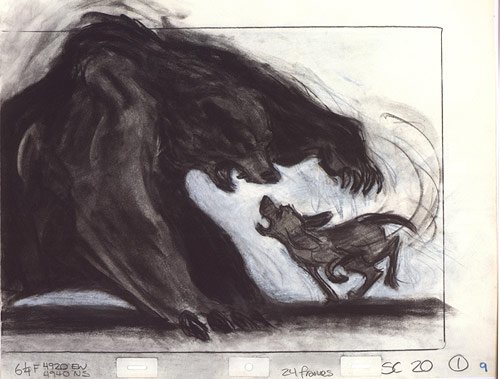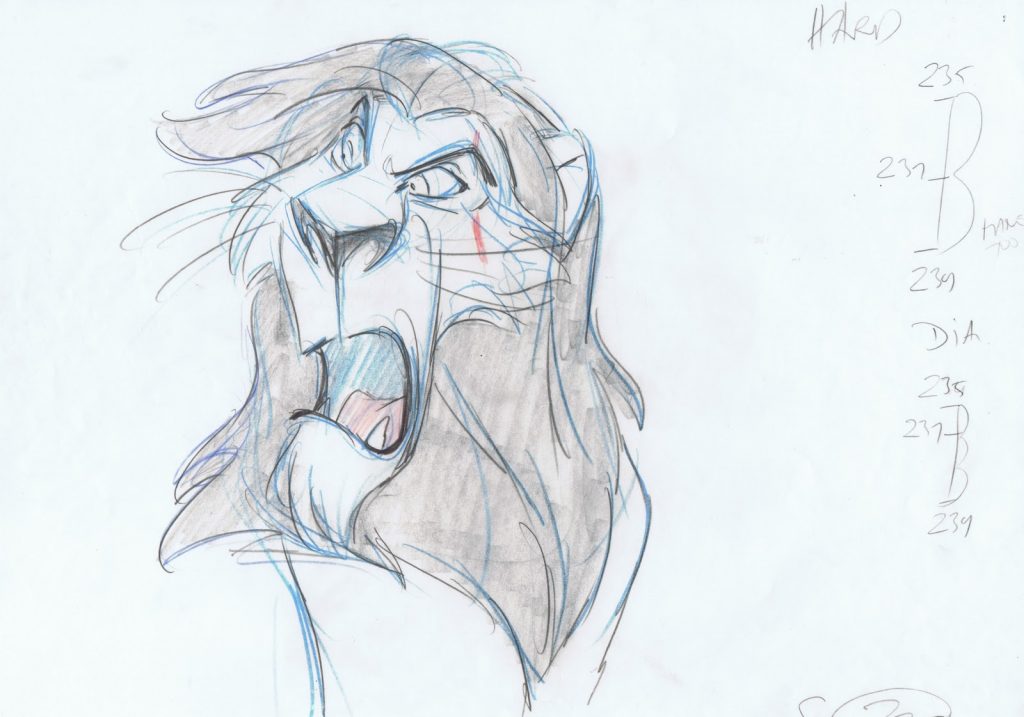Behind every memorable animated character lies the intricate work of a lead animator, a creative who does far more than simply draw moving pictures. These artistic directors are responsible for establishing the visual language, emotional depth, and physical performance of entire animated worlds. It is the role almost every animator covets, and I too fall into this category.
Star Animators
A lead animator is essentially a conductor of performance. They don’t just animate individual scenes, but define the entire movement vocabulary of characters. Glen Keane, a legendary Disney animator who brought characters like Ariel in The Little Mermaid (1989) and Beast in Beauty and the Beast (1991) to life, is a great example of success in this role. Keane didn’t just draw these characters; he breathed psychological complexity into their every movement, making them feel genuinely alive.
His work earned him praise for the force and weight he brought to the grizzly, as well as the visceral feel of the scene.
(Walt Disney Archives, n.d.)
This excerpt from the Disney Legends dedication to Keane describes how he brought the antagonist in The Fox and the Hound (1981) to life with such intensity and attention to the demands of the narrative.

The magic of lead animation becomes most apparent in moments of subtle expression. Andreas Deja, another Disney master, similarly transformed characters like Scar in The Lion King (1994) into unforgettable personalities through careful attention to movement and acting. His work goes beyond technical skill – it’s about understanding character psychology and translating inner emotions through physical performance.
At least the personality seems to be coming through.
(Deja, 2011)
Scar was evil, but also intelligent. And that’s a dangerous combination.
And he sure enjoyed being bad.

The role of a lead
The lead animator’s role is incredibly complex and multifaceted. Besides drawing, they must be storytellers, performance directors, and technical innovators. They work closely with directors, character designers, and entire animation teams to ensure that every movement tells a story. Each gesture, each subtle shift of weight, and each facial expression must communicate character, emotion, and narrative progression.
The role requires an extraordinary blend of artistic sensitivity and technical prowess. Lead animators must understand anatomy, performance, storytelling, and modern digital technologies. They are part artist, part psychologist, and part technical engineer.
Conclusion
As animation continues to evolve, lead animators remain the unsung heroes transforming imagination into mesmerizing visual experiences that captivate audiences worldwide. They are the invisible architects who construct entire worlds, one carefully crafted movement at a time.
It would be a dream to expand my skills enough to fit the giant shoes a role like this requires. Lead animators orchestrate the performance of their characters, and contribute immensely to the overall weight of the story as a whole, and this role is incredibly enticing as it is demanding.
Sources:
Deja, A. (2011). Scar Pencil Tests. Deja View. Available at: https://andreasdeja.blogspot.com/2011/09/scar-pencil-tests.html.Walt Disney Archives (n.d.)
Glen Keane. [online] D23. Available at: https://d23.com/walt-disney-legend/glen-keane/
Leave a Reply